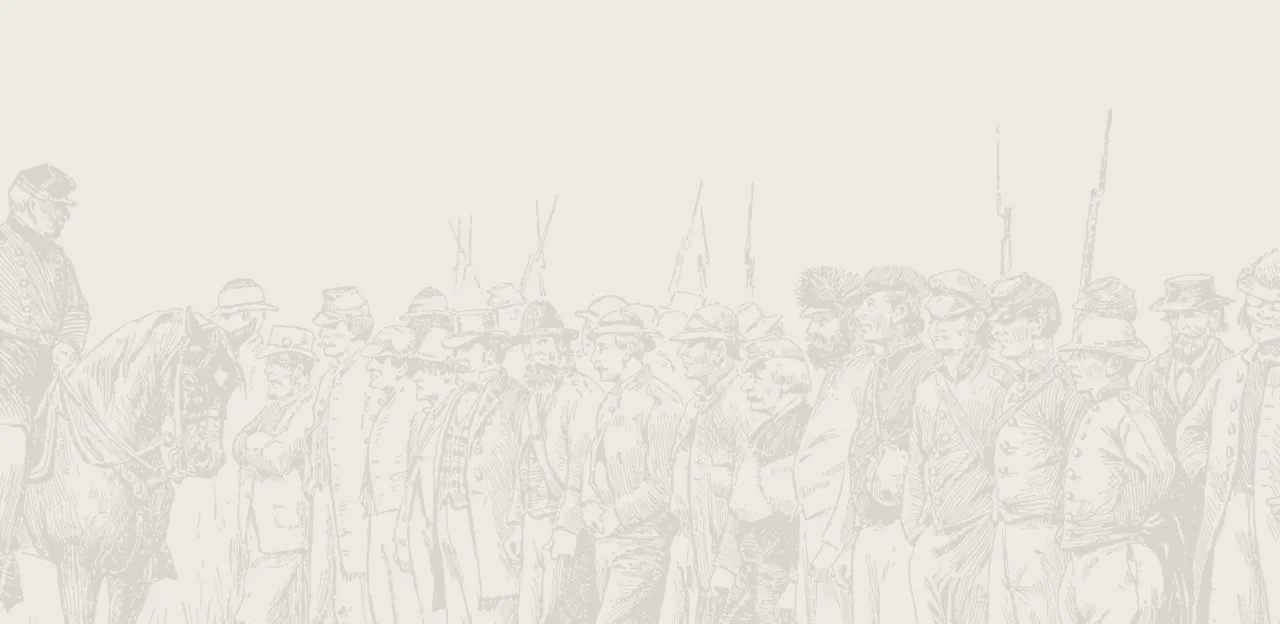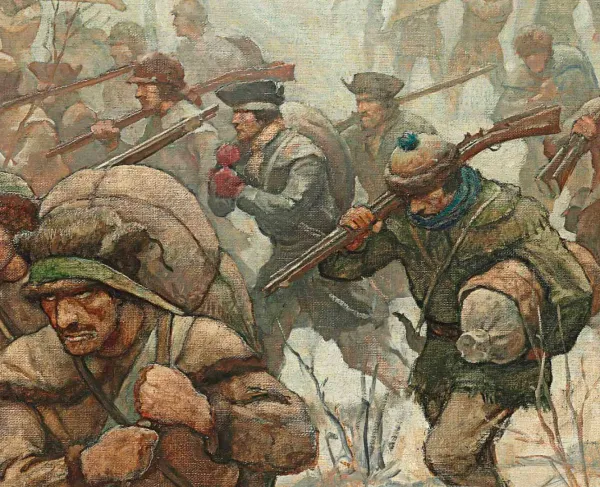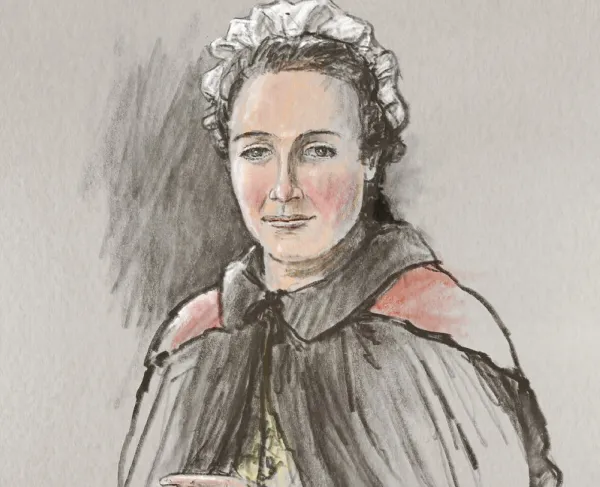Falling Waters

Battle of Falling Waters
Williamsport
General Robert E. Lee’s safe retreat back to Virginia after his defeat at Gettysburg in July, 1863 required holding the critical Potomac River crossings at Light’s Ford and Lemen’s Ferry at Williamsport, Maryland, and a pontoon bridge at Falling Waters, Virginia. Unbeknownst to Lee, the bridge at Falling Waters had been destroyed by a Union cavalry raid from Harper’s Ferry on July 3. The Confederate cavalry brigade of Gen. John Imboden, escorting Lee’s wounded and several other wagons, arrived in Williamsport late on July 5. Imboden began crossing wagons and ambulances using the ferry, but could not ford the river because it had risen with recent heavy rains. With only one ferry in operation, the crossing progressed slowly while a new pontoon bridge at Falling Waters, five miles downstream, was constructed.
After tangling with Union cavalry at Hagerstown on July 6, Maj. Gen. Jeb Stuart’s cavalry, screening Lee’s retreating army, reached Williamsport on July 7. Thousands of wagons, wounded men and captured Yankees filled the rain-soaked town as the weary remnants of the Army of Northern Virginia arrived over the next two days. Lee ordered construction of a lengthy defensive position to cover both crossings, running nearly 10 miles along Salisbury Ridge from Conococheague Creek north of Williamsport to Downsville, Maryland downstream close to the Potomac. Lee’s men dug in and awaited an attack from Maj. Gen. George G. Meade’s pursuing army.
On July 11, the Union army, slowed at Funkstown by Stuart’s cavalry the day before, arrived near Williamsport. Meade ordered a survey of the Confederate defensive line. Richard Ewell’s Second Corps on the left, A. P. Hill’s Third Corps in the center and James Longstreet’s First Corps on the right occupied a position “built as if they were meant to stand a month’s siege” according to one of Meade’s officers. On July 12, skirmishing was heavy along the lines as Meade positioned his infantry corps for an attack. That evening, Meade held a council of war with his commanders. Seven of the nine generals present voted against attacking Lee’s position. Meade called the assault.
In the meantime, the river fell enough to ford and Lee’s army began crossing the river after dark on July 13. Richard Ewell’s infantry waded across the river at Williamsport while all remaining wagons and artillery used the new bridge at Falling Waters. In the darkness, James Longstreet crossed there with his infantry and A. P. Hill followed. Last to cross the bridge was the rearguard division of Henry Heth (ironically, the first Confederates to approach Gettysburg two weeks earlier).
On the morning of July 14, two Union cavalry divisions attacked Heth’s infantry still on the east bank of the Potomac, taking more than 500 prisoners. Confederate Brig. Gen. James Pettigrew was mortally wounded in the fight.
Lee's army was safely back in Virginia and the Gettysburg Campaign was over. Meade had let his best chance to destroy the Army of Northern Virginia slip away. In Washington, a frustrated Abraham Lincoln reportedly said, "We had them within our grasp." The war in Virginia would go on nearly two more years.





